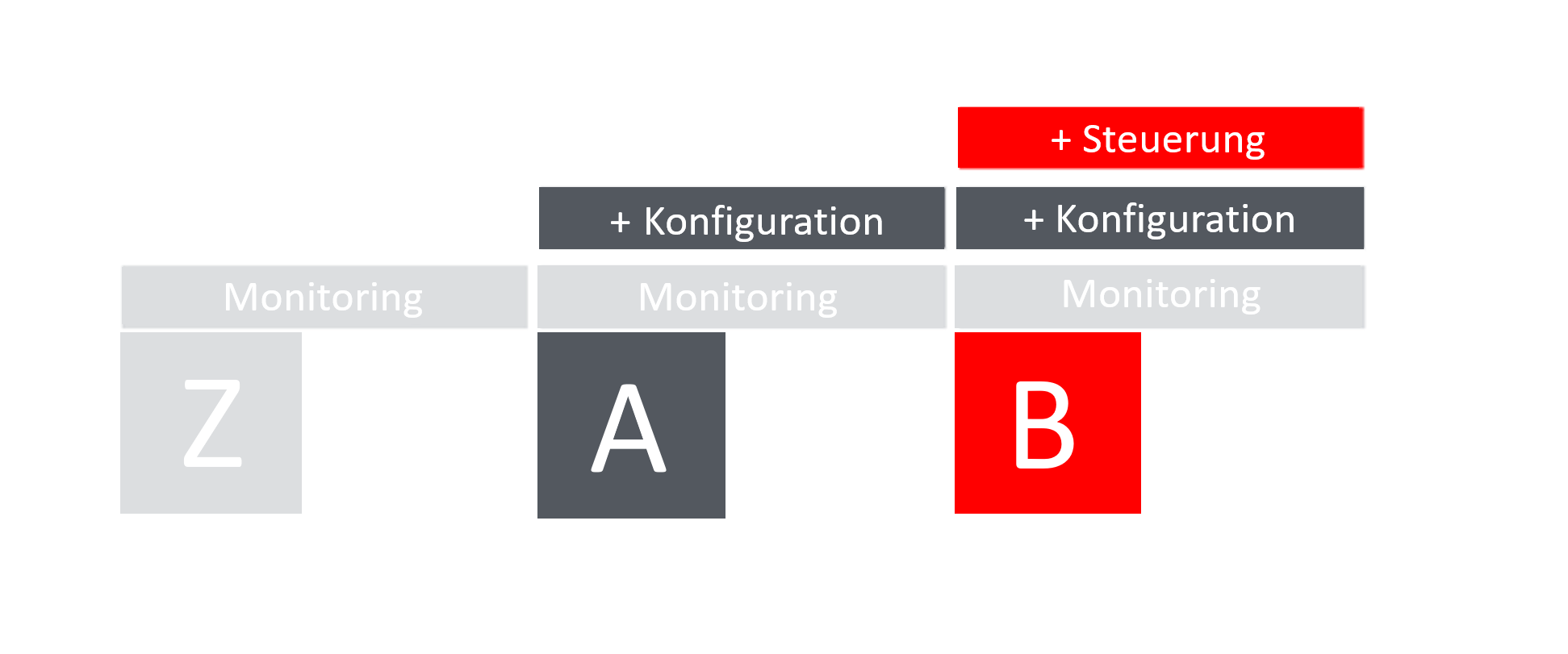The Internet of Things (IoT) is associated with constant increases in the networking of devices, resulting in more frequent interference between different systems. Similarly, this increased networking also means that data packets no longer reach the recipient reliably and that important information is lost. mioty® technology uses the telegram splitting method to pave the way for better handling of faults and the reliable transmission of data even in environments with a high level of radio traffic.
What does Class B mean?
Class B is the most recent class and delivers additional control functions relative to its two predecessors. This is made possible by a broadcast mode in which the base station transmits a periodic signal, or beacon, that can be received by all endpoints supported by Class B.
Additional applications in building management
mioty® Class B offers a powerful alternative for smart building and smart home applications in particular. A single base station is sufficient to interconnect and control actuators and sensors located everywhere from the basement to the roof. If a sensor detects a leak in a water pipe, for example, valves can be controlled or closed to prevent further damage to the building.
Class Z and Class A
Class Z devices primarily perform conventional measurement tasks. One such application is in the area of smart metering, where the sensors transmit data relating to power, water, and gas consumption to the base station without receiving a response.
Building on Class Z, Class A provides additional configuration benefits by allowing messages to be sent downlink from the base station to an endpoint.
